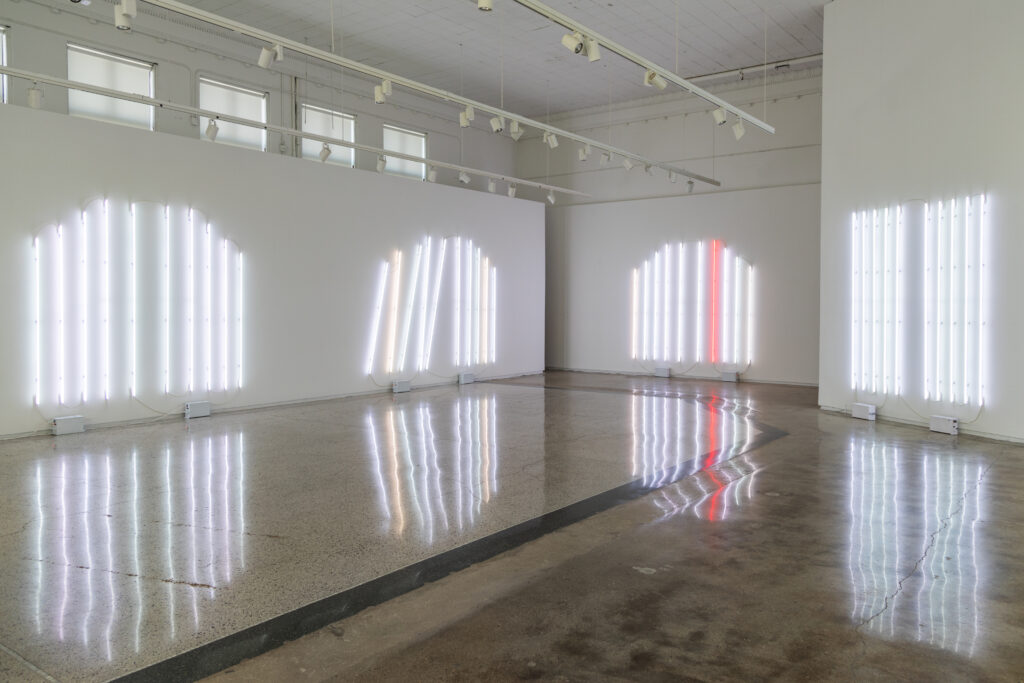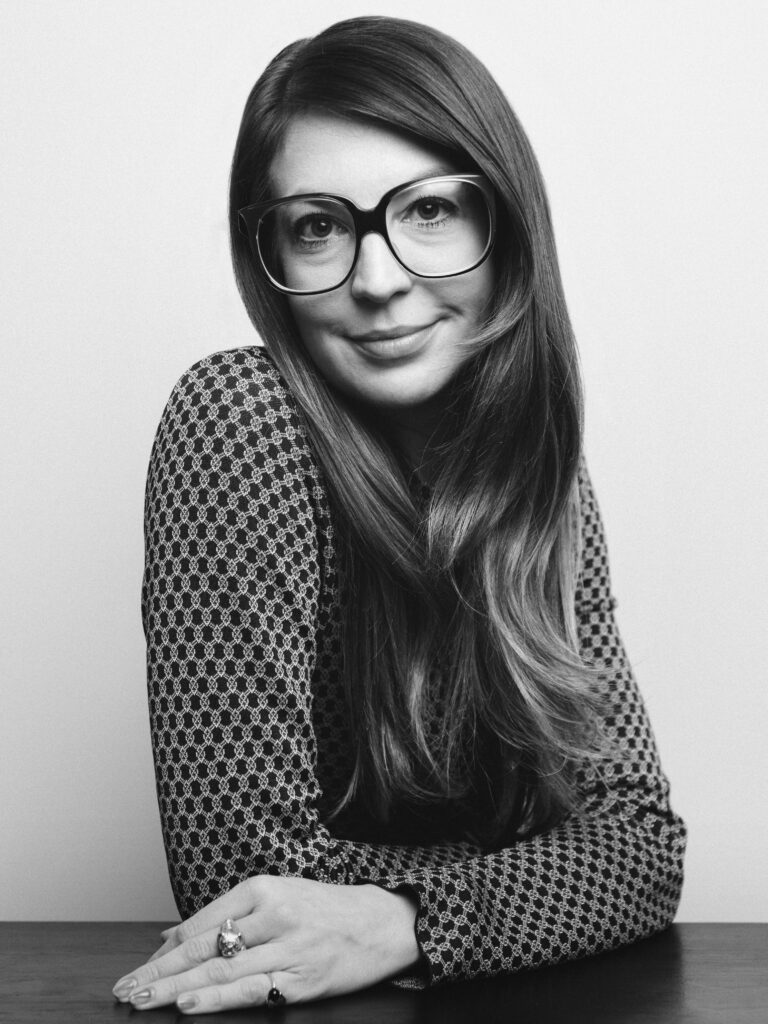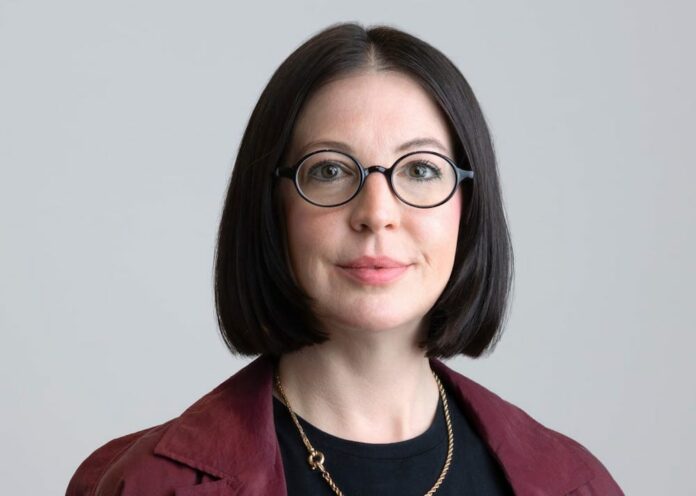Bridget Finn
Bridget Finn was the Associate Director of Strategic Planning & ICI Projects at Independent Curators International (ICI) where she worked to support fresh ways of seeing and contextualizing contemporary art for ICI’s diverse audiences. She is also co-founder/curator of Cleopatra’s, an art space based in Brooklyn which has realized over 100 projects in the past five years. From 2011-12 Cleopatra’s operated a second project space in Berlin under the same name. In September 2012, the collective curated an exhibition titled CKTV for the Brooklyn, City Pavilion at the 9th Shanghai Biennale and in 2013 traveled an iteration of that project to the Brooklyn Academy of Music (BAM) in New York. In addition, Cleopatra’s is currently collaborating with Vox Populi (PA) to explore the current role of artist-run spaces within the broader artistic community. The two groups are in the process of surveying alternative and artist-run spaces around the U.S. in order to develop a network and foster dialogues between like-minded initiatives. This research will be made available via an online platform following Remake/Remodel, the project’s concluding conference that took place in Philadelphia in August of 2013. Previously, she worked at the Anton Kern Gallery, where she liaised with and supported gallery artists. Before living in New York, Finn received her BFA from The College for Creative Studies in Detroit, Michigan.
Interview: Gallery Owner Bridget Finn
BY KIM KOBERSMITH
Bridget Finn grew up in Detroit and moved to New York after graduating from the College for Creative Studies in 2005. There, she worked at both commercial galleries and arts non-profits before returning to Detroit in 2017 and forming the Reyes | Finn Gallery with business partner Terese Reyes. I had the chance to talk with Bridget at the gallery on a recent trip to Detroit.
Kim Kobersmith: What prompted your return to Detroit?
Bridget Finn: I started to think a lot about the fact that so much of what happens in the global art arena is really very loaded in the U.S. between Los Angeles and New York. If you go to other places, at least across Europe, there are a lot of places to look at art. There was so much happening in Detroit, so many changes. And I think it’s interesting to think about offsetting the center of the art world, if that makes sense.
Kim: What sorts of things were going on in Detroit that excited you about moving back?
Bridget: Detroit was an overlooked city after the Rebellion [urban riots] in 1967. It went through so much and the rest of the world forgot about it, and it just kind of remained as it was. I would say in the early two thousands that changed. Artists who were here did videos about how you can buy a house in Detroit for a dollar. People saw that and were moving here who had never been to the city. Simultaneously, larger corporations and developments were looking at Detroit. A place that didn’t change for so long was changing very quickly. It was like coming home to a new place.
Kim: How do the characteristics of the city inspire artists?
Bridget: Detroit is such a music town, right? I think people share this love and appreciation for music and there was less of a communal celebration of visual art. I feel that has really changed in the last 10 to 15 years. I love being part of the gallery scene here because everybody has such a different voice in terms of what they are contributing. Detroit is still a more accessible price point than so many other cities. People see an opportunity to do something here that they wouldn’t be able to do somewhere else.
I mean, for me, what’s interesting about talking to artists here is that they are often truly guided by their own studio practice, which I think is pretty unique. Detroit has always been a very blue-collar, hardworking city. And I do think that’s reflective in the artists that choose to be here, whether they were born here or they moved here and they’ve stuck around. You can really hunker down without interruption here and make work.
We work with an artist named Maya Stovall. Her practice is so incredibly rooted in place and in people. There wasn’t a mold in which Maya was following to see what a measure of success would be for her career. It is dictated by her. It takes a lot of time to meditate on what that practice is, which in other places you may not have as much time to be able to do.

Kim: What things do you keep front of mind when selecting artists and shows for the Reyes | Finn Gallery? Who are some of those artists?
Bridget: Artists want to do a show in Detroit; they want to engage with the city itself. I never fully separate from that conversation of place. When you’re in a place that has such a strong sense of character and such a rich history, you should be aware of that in pretty much everything you do. We try to be mindful of those concerns.
For example, this work is by an artist named LaKela Brown. LaKela now lives in New York, but is still 100% a Detroiter and comes back often. Her family is here. When she made her last show with the gallery, she stayed for an entire month at an art space and residency program called Pops Packing. She really spent time re-engaging with the city while she made the work. I think that her awareness of who she is and also what she does and where she is really made that show.
And this artist, here, is James Benjamin Franklin. He went back to graduate school when he was 44 years old and was in New York. He was working and exhibiting as an artist. He had a gallery that he was represented by, but he still felt this need to push his practice. And as many times as he tried to rework within his life in New York, it just never quite hit what he was trying to access within himself.
James ended up coming here to Cranbrook (Academy of Art) and it’s just all clicked. I think it’s so brave to have done that, totally blow up his whole life to do something really hard. He’s five years out of grad school and is making the best work of his life. He stayed after he graduated and has an amazing studio which would be hard to have somewhere else.
People like James are able to come and really dig their heels in and be, be here and be committed to the art scene. He’s such a supportive person. You’ll see him at everybody else’s shows. He’s really excited to take part in that greater community.

Kim: What was the motivation and purpose for the city-wide Art Mile project you helped coordinate?
Bridget: In Detroit, you’re less on foot than you are in other cities. You don’t run into as many people, so it becomes a little bit more of a solitary experience. I realized just before the pandemic that there were so many things I hadn’t yet experienced in terms of other art spaces – that we weren’t well networked within our own space.
So we started something called Art Mile Detroit, an event with very art-fair qualities. At a time when it was difficult for people to show art, especially when you’re in a place like Detroit that has a collecting community, the idea was to be able to do something online. We included across the board the greater art community in Detroit and gave people the opportunity to make their own sales and to present work that they feel is defining to their program. It allowed for artists to continue their practice and to support themselves. It felt like a real win.
We did two iterations of Art Mile that lived exclusively online and had a really full program. Different kinds of performances, different kinds of panel conversations, which are all archived on the website. This was never meant to be a commercial project. This is just something that we did for the greater good of our art community. Now it’s figuring out what that next iteration is.
(This conversation was edited for length and clarity)
Top image: An installation view of work by James Benjamin Franklin on display at Reyes | Finn Gallery. Photo credit: Clare Gatto.
UnderMain: On the Road sends writers out of Kentucky to explore the visual arts in cities of the Midwest and near South. This program is generously supported by the Great Meadows Foundation.
KIM KOBERSMITH
Freelancer Kim Kobersmith writes about arts + culture from the vantage of Berea, a creative small town where the Appalachian Mountains meet the bluegrass. Her stories focus on the power of art to further social justice, strengthen community, and transform culture.
Interview: Gallery Owner Bridget Finn




